We Hotel (위(WE) 호텔)
16.9Km 2025-10-23
453-95 1100-ro, Seogwipo-si, Jeju-do
+82-64-730-1200
We Hotel in Jeju is the first premium health resort in Korea that combines a resort with medical services offered by the We Hospital of Halla Medical Foundation. In addition to comfortable hotel services, it also offers differentiated healthcare services, along with wellness and health-promoting programs, whose effectiveness was scientifically proven by medical experts. The hotel offers ultimate healing moments through various wellness programs, medical spa, and mediwell programs, utilizing the clean forests in Hallasan Mountain and pure volcanic bedrock water -- all nature's gifts.
Seongeup Folk Village (성읍민속마을)
17.0Km 2024-03-11
3294, Seongeup-ri, Pyoseon-myeon, Seogwipo-si, Jeju-do
+82-64-710-6797
Seongeup Folk Village has been designated and protected as a folk village, preserving the characteristics of Jeju's old private houses. Various tangible cultural heritage and intangible cultural heritage such as folk songs and games, local foods and craftmanship, and Jeju dialect are being passed down. The village offers traditional culture and traditional house experiences, and holds cultural events every October and November.
Jedae Ganeungil (제대가는길)
17.4Km 2024-12-10
Jedae Ganeungil is a café located near the main gate of Jeju National University. The café’s name can be translated to “way to Jeju National University,” which suits the café’s location by the entrance gate of Jeju National University. The cafe is in the middle of a forested area, so visitors can enjoy refreshing atmosphere. The café is decorated with a Jeju-style stone wall and stepping stones that lead to the entry way. The outdoor and indoor spaces are cozy and relaxing, making it a great place to hang out. Coffee options range from cold brew to pour over, and the cafe's homemade fruit teas are also excellent. Pour over coffee is served in a pretty cup.
Bengdwigul Cave [UNESCO World Natural Heritage Site] (제주 선흘리 벵뒤굴 [유네스코 세계자연유산])
17.5Km 2022-12-27
Jocheon-eup, Jeju-si, Jeju-do
+82-1600-0064
With a total length of 4,481 meters, Bengdwigul Cave is shaped like a maze and has one of the most complex lava tube structures in the world. For geologists, this cave is invaluable since it demonstrates how lava continuously flowed over the surface of the ground and the complex route it took to eventually form a tube deep underground. Created particularly close to the earth’s surface, this cave has a number of entrance holes to the tunnel. Inside, the complex structure of the cave unfolds in the form of double-tiered or triple-tiered rooms. A range of lava formations such as lava columns and lava bridges have developed inside this mystical tube.
* The UNESCO World Heritage designated Geomunoreum Lava Tube System of Bengdwigul, Manjanggul Cave, Gimnyeonggul, Yongcheondonggul and Dangcheomuldonggul Caves.
Geomunoreum Lava Tube [UNESCO World Natural Heritage Site] (거문오름 [유네스코 세계자연유산])
17.5Km 2025-03-13
569-36 Seongyo-ro, Jocheon-eup, Jeju-si, Jeju-do
+82-64-710-8981
Geomunoreum Lava Tube stands out as one of the distinct oreum (the Jeju language term for parasitic cones) on Jeju Island, marked by its extensive network of around 20 lava tubes running through the volcanic structure. This site is not only a geological marvel but also a sanctuary for diverse biological species. Visitors begin their journey at the Jeju World Natural Heritage Center, from where a path leads directly to the Geomunoreum Lava Tube. It is important to note that prior reservations are required to visit. The significance of this location as a key geological feature was recognized when it was designated as a UNESCO World Natural Heritage Site in 2007. Additionally, an international trekking event is hosted annually to celebrate its global importance.
Jeju World Natural Heritage Center (제주 세계자연유산센터)
17.5Km 2021-05-31
569-36, Seongyo-ro, Jeju-si, Jeju-do
+82-1800-2002
The Jeju World Natural Heritage Center was established to acknowledge Jeju Island’s value as the sole UNESCO World Natural Heritage in Korea. It is comprised of various facilities including a 4D video room, lava tunnel experience, origins of Jeju-do, and many other activities that visitors can experience first-hand. Jeju World Natural Heritage Center is located in the Geomunoreum Lava Tube System, which was designated as a UNESCO World Natural Heritage in 2007, one of the 20 ecological tourism spots selected by the Ministry of Environment of Korea in 2009, as well as a Korean-style ecological tourism model.
* Opening date: September 4, 2012
Wang Ilbeonji Sikdang (왕일번지식당)
17.6Km 2024-02-20
4610 Jungsangandong-ro, Pyoseon-myeon, Seogwipo-si, Jeju-do
Wang Ilbeonji Sikdang specializes in black pork bulgogi. Their dwaeji bulgogi (pork bulgogi) is marinated in a spicy sauce and served with Jeju bracken and shiitake mushrooms. Accompanied by seaweed soup and a variety of side dishes, the meal also features juicy and thick black pork belly. It offers a plentiful meal at a reasonable price and is only open for lunch.
Jeju Yakcheonsa Temple (약천사(제주))
17.8Km 2024-12-02
293-28 Ieodo-ro, Seogwipo-si, Jeju-do
Jeju Yakcheonsa Temple is the largest temple in Asia. Originally a small hermitage named Yaksuam, it was named Yakcheonsa because of a famous mineral spring ('Yaksu') nearby. It enshrines tombstones of two royal couples from the Joseon Dynasty: King Munjong and his consort, and King Yeongchin and his consort. The temple also offers temple stays for both Koreans and foreigners.
Ora Country Club (오라컨트리클럽)
18.2Km 2025-01-06
130-16, Oranam-ro, Jeju-si, Jeju-do
+82-64-747-5100
Ora Country Club was founded along a valley of Hallasan Mountain particularly praised for its splendid beauty. The country club has a 36-hole course designed according to the international standards. The club is designed to provide an unforgettable game surrounded by Jeju Island's natural beauty.
Jungmun Equestrian Park (중문승마공원)
18.3Km 2024-01-09
244 Ieodo-ro, Seogwipo-si, Jeju-do
Jungmun Equestrian Park is where visitors can experience horseback riding while looking at the sea, and even beginners can enjoy horseback riding without any concerns. Visitors can choose between a walking course that takes 10–15 minutes and a Beach Olle course that takes 20–25 minutes. The Beach Olle course has a beautiful ocean view and reaches its peak in spring when canola flowers are in full bloom. It is operated under a reservation system in principle, but walk-in is also accepted on a first-come,first-served basis. Visitors are advised to call in advance as programs are subject to cancellation in case of adverse weather.
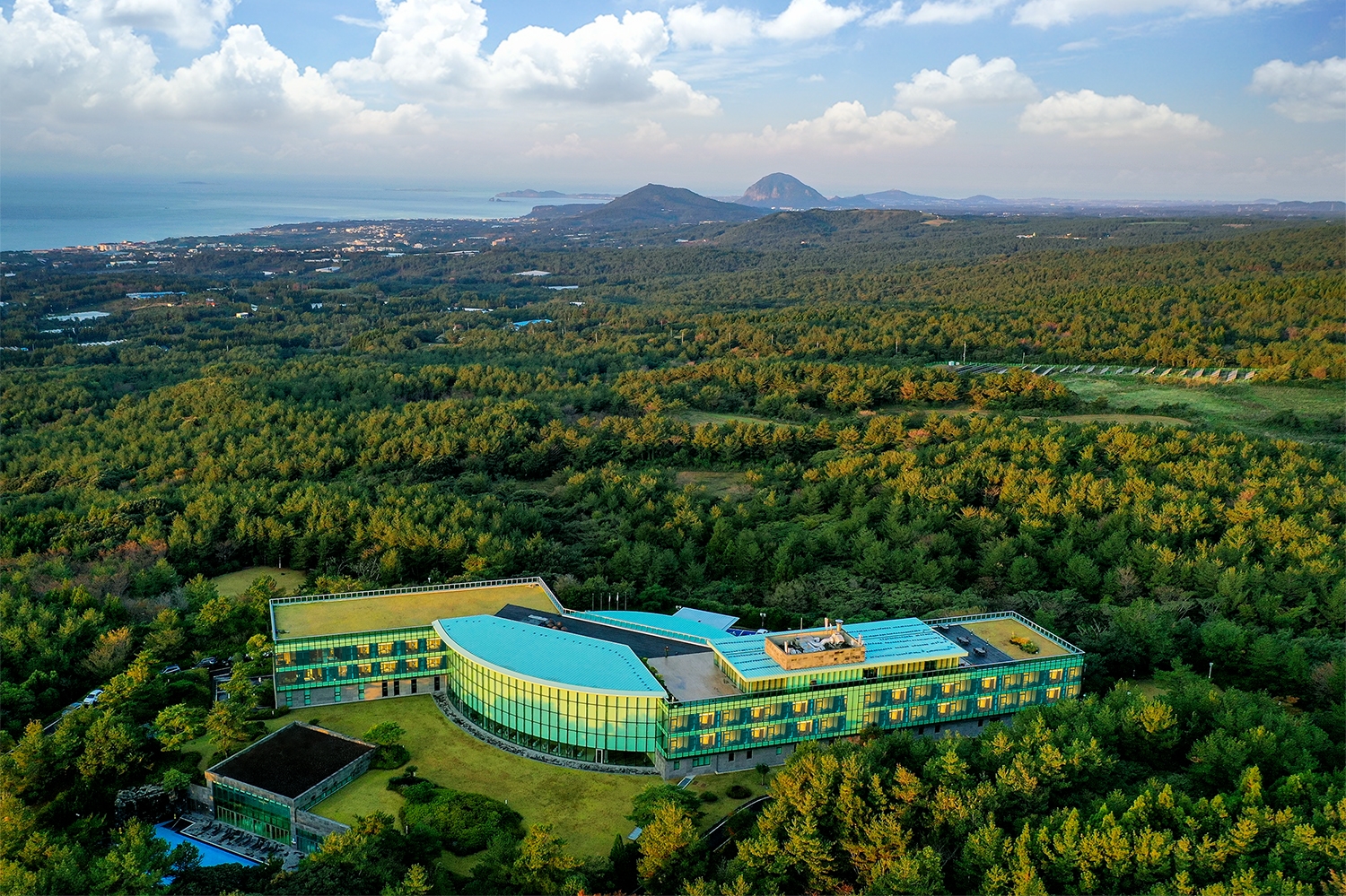
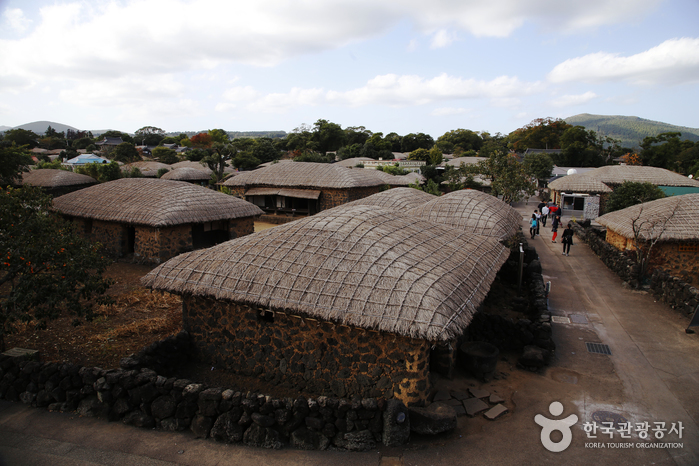
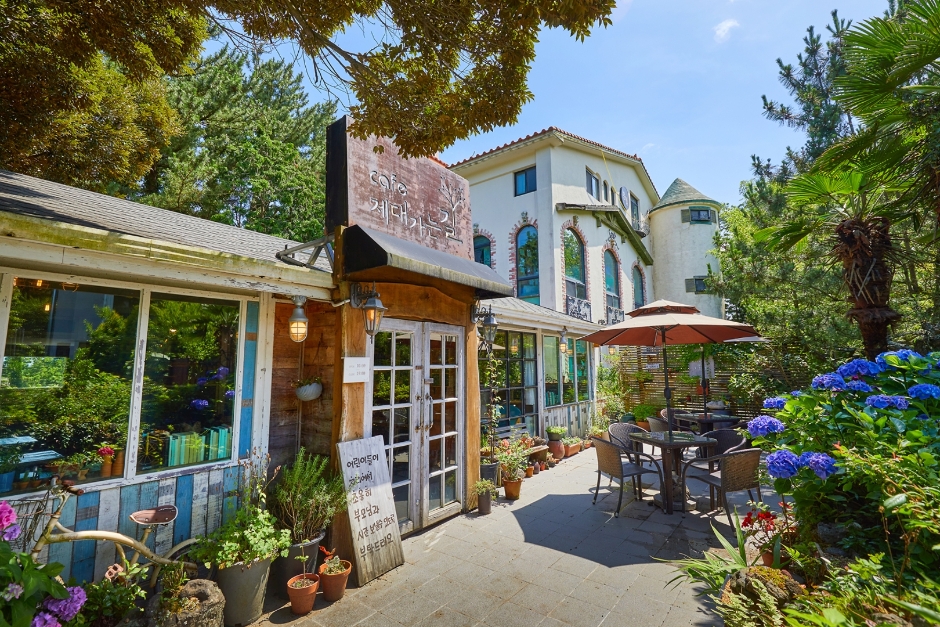

![Geomunoreum Lava Tube [UNESCO World Natural Heritage Site] (거문오름 [유네스코 세계자연유산])](http://tong.visitkorea.or.kr/cms/resource/61/2661661_image2_1.jpg)
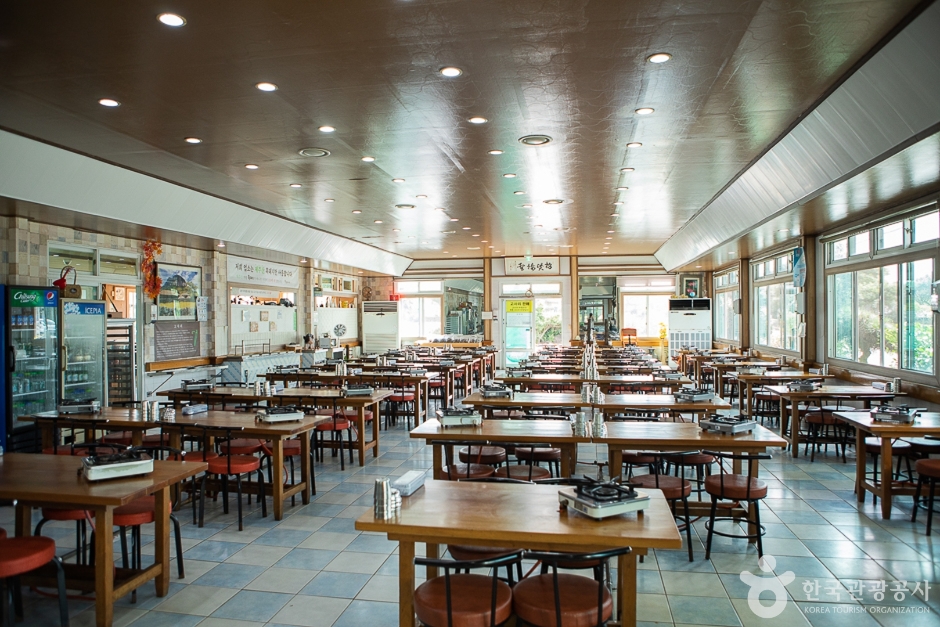
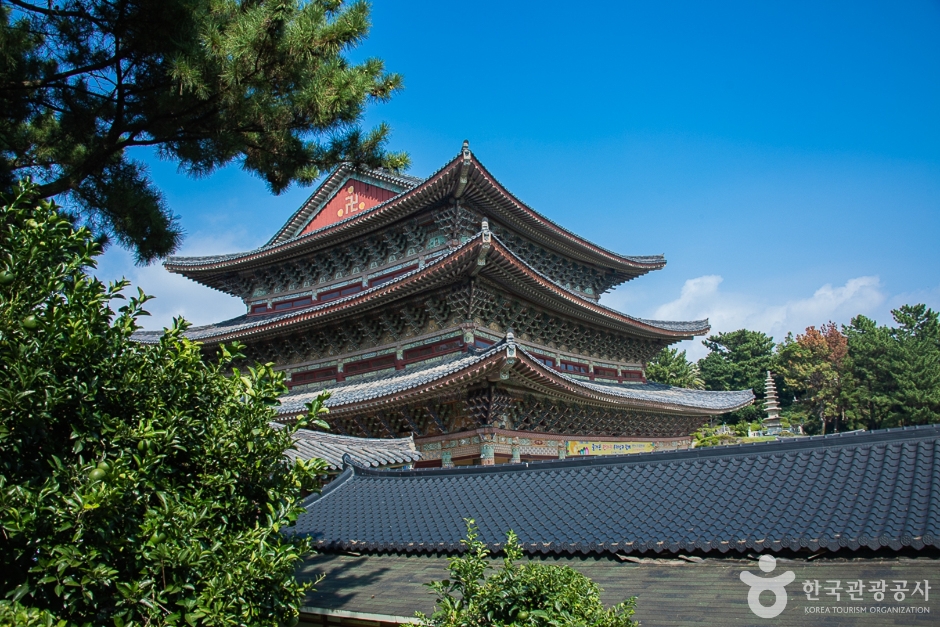
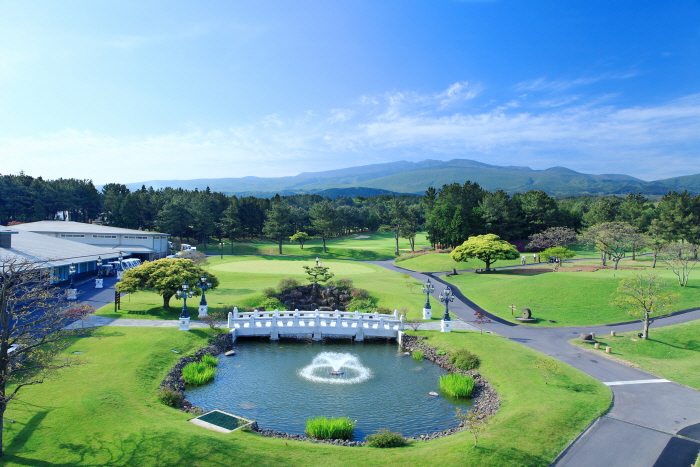
 English
English
 한국어
한국어 日本語
日本語 中文(简体)
中文(简体) Deutsch
Deutsch Français
Français Español
Español Русский
Русский